“One hundred hearings are not as good as one viewing.”
– Japanese proverb
Editor’s note: Tokyo. The capital of Japan and one of the most populous cities you will ever visit. If you’re a photographer, you care less about where the tourists are going to watch sumo and more about making the most of your memory card. When visiting a city with more than 30 million people, it’s impossible to document the entire place in one visit, or even one lifetime, but that doesn’t mean you can’t give it a run for it’s money.
Here’s what MatadorU photography student Cassandra O’Leary did with just 24 hours in iconic Tokyo.
All photos by author.
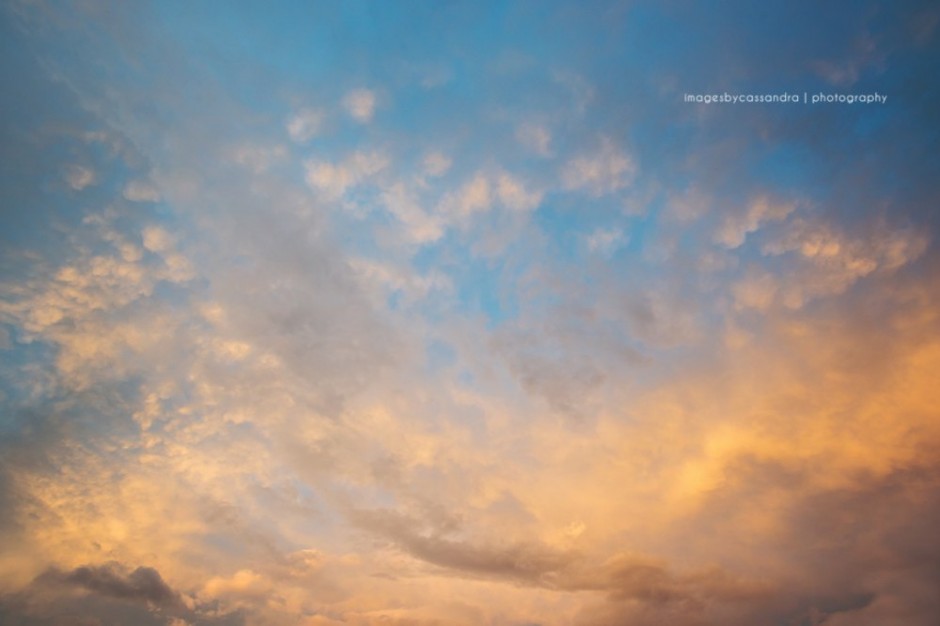
5am
Awaken. Whether you're just pulling in from the airport, or cursing your alarm clock in your hotel room, it's time to hit the pavement. The city is less crowded right now, and the morning light doesn't last long. Depending on your hotel, you just might have a viewpoint from your room—many are high rises. If not, step outside, and look up—you're here. The day is just beginning.
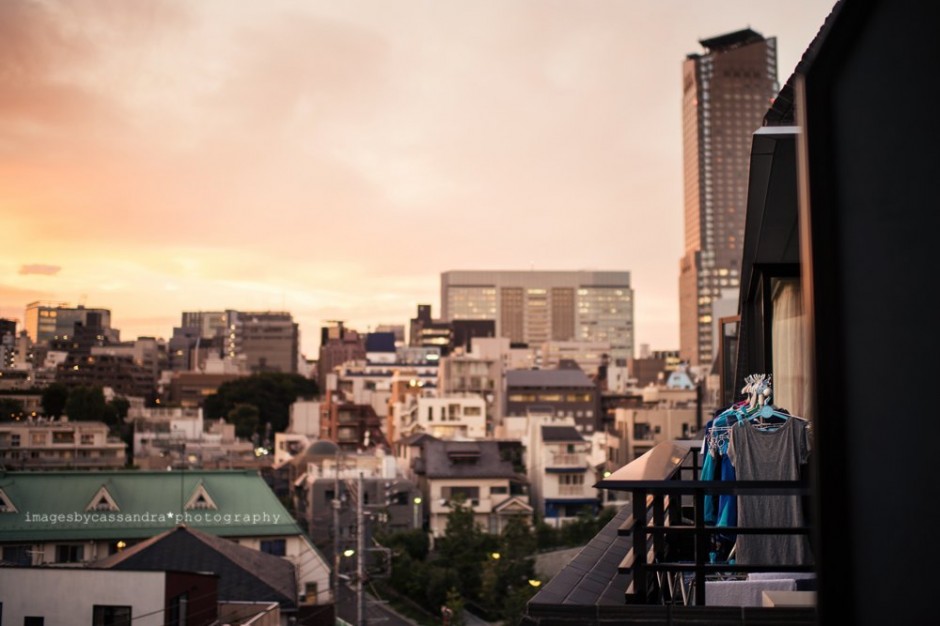
5:30am
Coffee. Get it if you need it. After you've done what it takes to gather yourself, head out from wherever you spent the night. It doesn't matter where—just go and watch the city wake up. Look for beautiful light falling on beautiful things—even simple things, like laundry on a line. Smell the air. Say good morning to people—"Ohayoo!" Move slowly, and enjoy the moment.
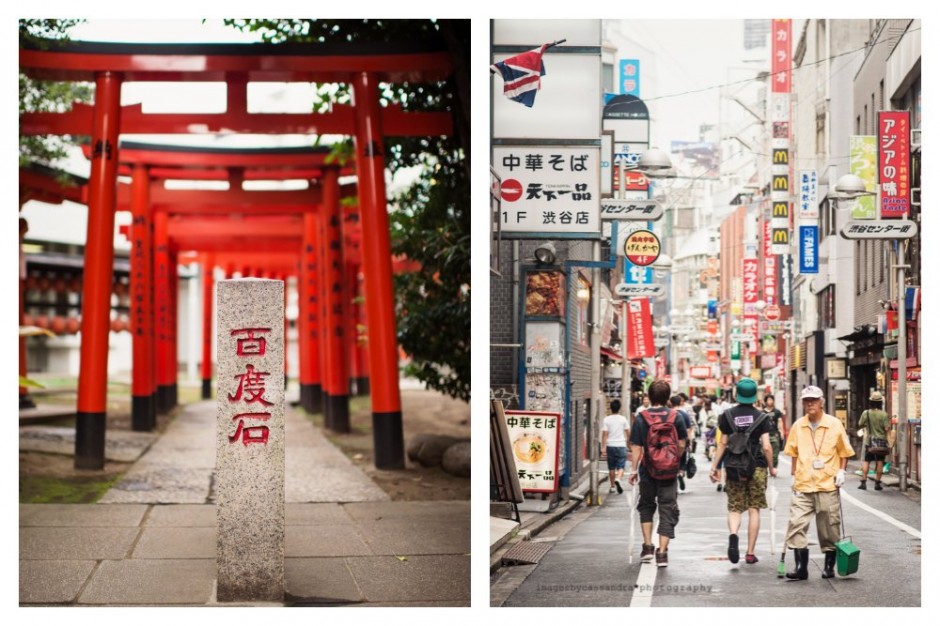
6am
Things are quiet. They won't be for long. Take the opportunity to capture scenes with no people in them, and then head to a major street and watch folks heading to work, preparing for their day, already awake, and in motion. Follow the morning light as far as it will take you.
Intermission
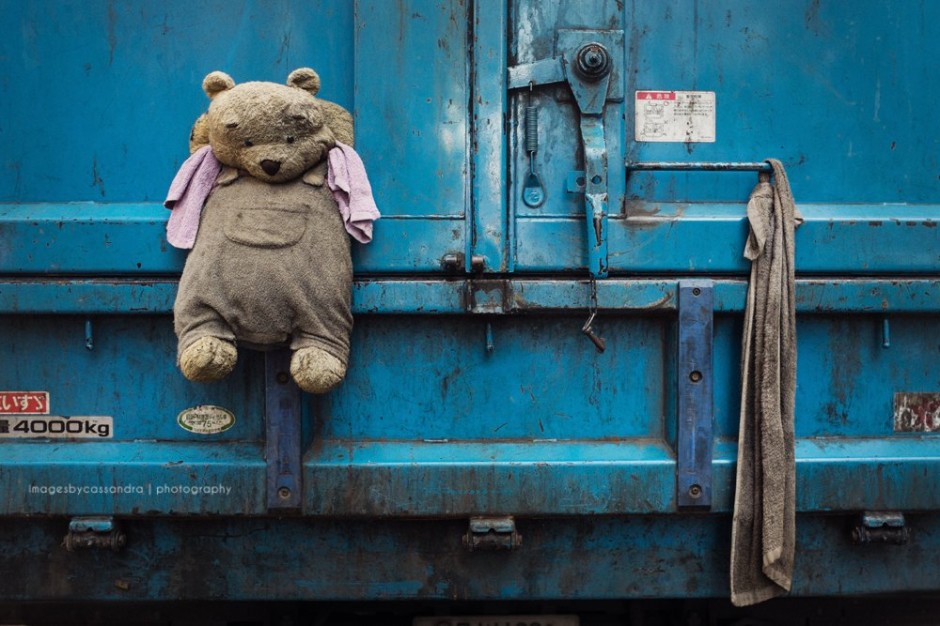
7am
Don't forget the details. Japan is full of sights you might not see anywhere else, right down to the smallest things. Simplify your compositions.
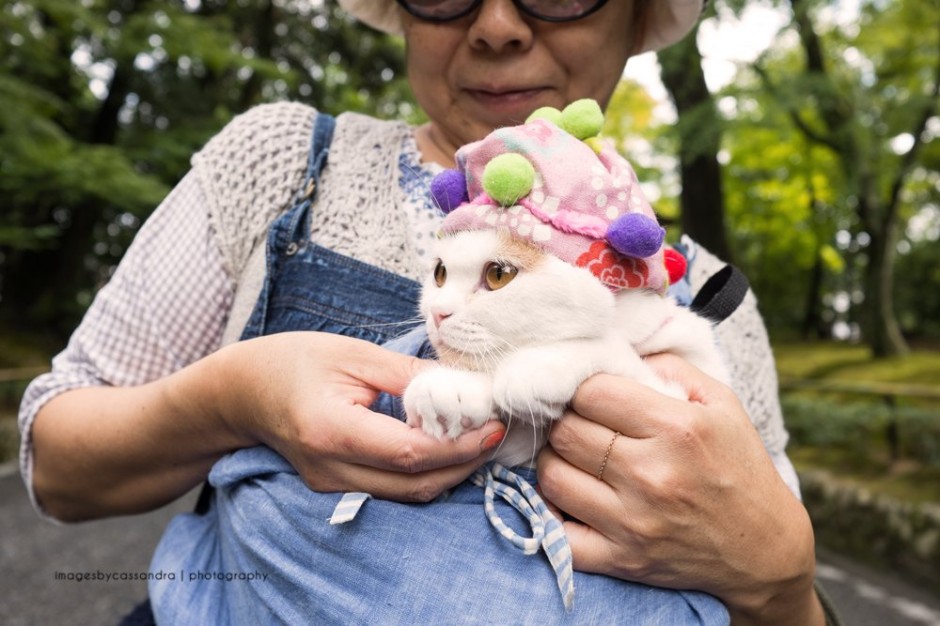
8am
People. People are all around you, starting their day. Approach them; be humble and curious; be polite. But don't hesitate, or you'll regret it. They'll be gone as fast as they appeared. More than a portrait, it's a chance to meet people and hear stories. There is a human language that isn't spoken with words; it starts with a smile, a nod, a flash of the eyes, a gentle motion to come inside. You never know where it could take you. If they offer tea, water, food, anything, accept. Always accept.
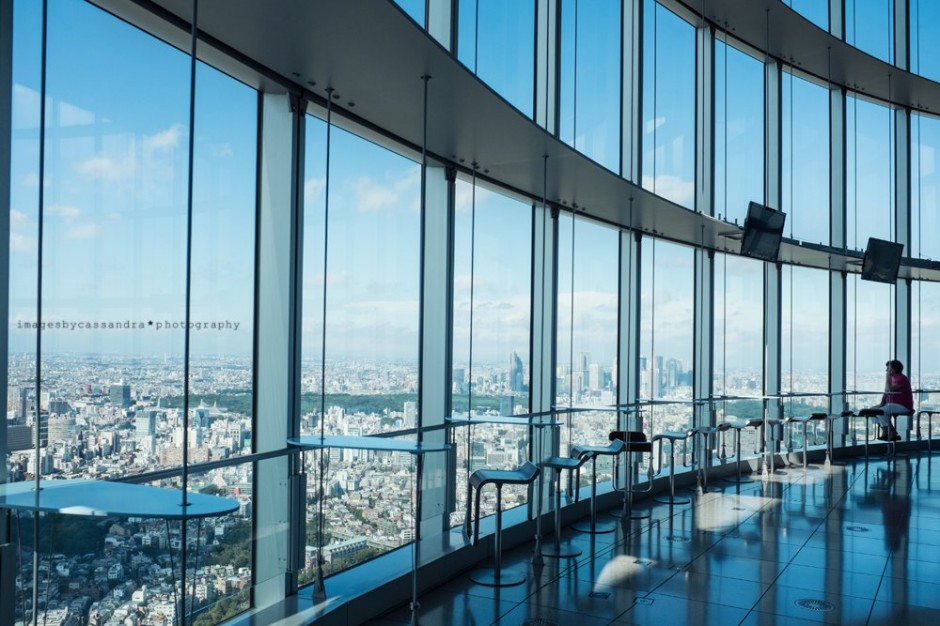
10am
Oberservatory at the Mori Tower, 53rd floor. This viewpoint doesn't open until 10am, but be the first one up to have some peace while you shoot. Place your lens close to the glass to avoid reflections (or, if you have a hood, let it actually touch the glass). Depending on the time of year, you might see Mount Fuji. Wide-angle lenses are welcome here, but if Fuji is in view, grab that zoom. Depending on where the sun is, you might want a polarizer to cut glare and bring colour back to the sky.
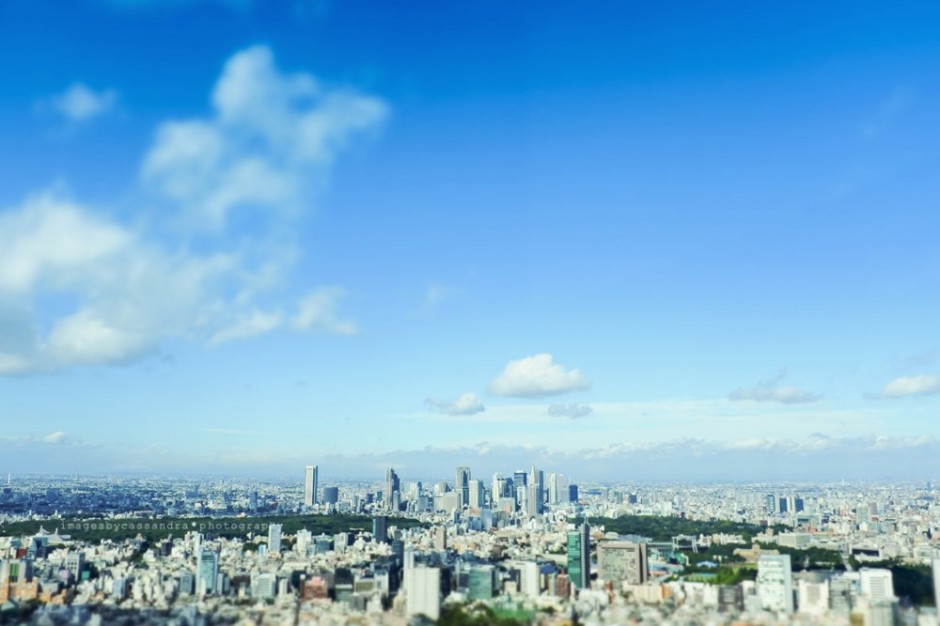
11am
Sky Deck. Even higher than the observatory and with no glass. Don't look down. Secure your camera to your body somehow, especially if tilting for crazy downward angles. Inject a midday kick of caffeine at the Starbucks on the ground floor.
Intermission
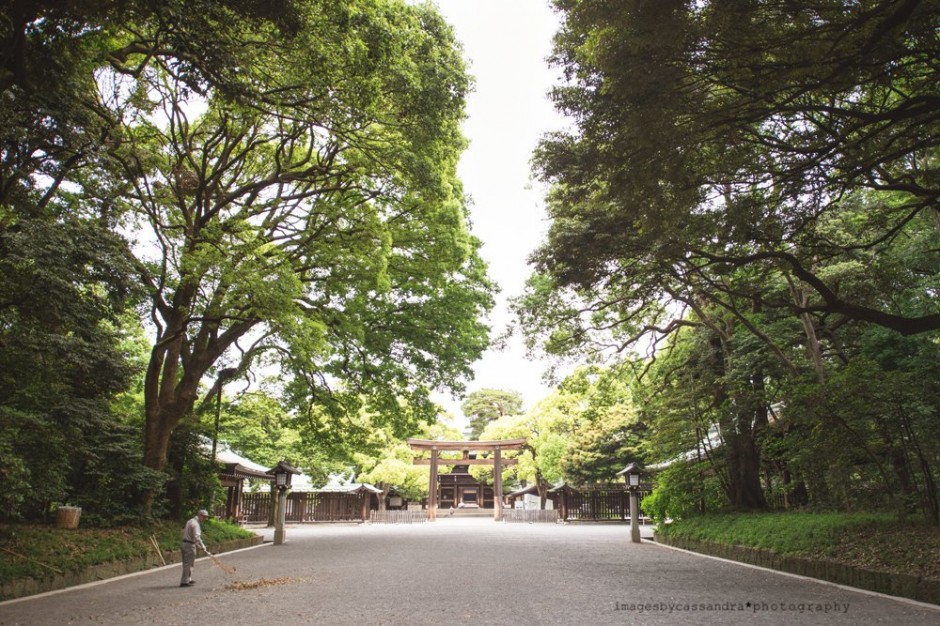
11:30am
Head to the subway, take the Toei Ōedo Line to Yoyogi Station, and make your way to the famous Meiji Shrine. With more than 100,000 trees, it offers nice coverage from the harsh afternoon light and a change of pace from the monstrous skyline. You may want a wide-angle, or mid-range zoom, something like a 24-70mm, depending on if you're after just the temple, or the people wandering through the park too. If it's June, the irises will be in bloom.

Noon
You'll find workers, commuters, students, and the elderly all taking in the fresh air and cool shade. Consider the details beyond the temple, such as the communal water troughs with traditional ladles. Details like this are unique to Japan—don't overlook them. Wander, observe, capture. Sit a while. Ponder the wonderful fact that you're in Tokyo.

1pm
Hangry. It's not advisable to shoot while hangry so cure that problem while the midday light remains unforgiving (unless you're fortunate and it's overcast, in which case, eat fast and get back to work). Head from Meiji Shrine to the main road, Omotesandō. Many restaurants will be full, given that it's a city of 30 million, so expect to queue. Take that time to review your images so far, both enjoying and critiquing them. Consider what other kinds of shots you might want in the second half of the day. Eat. Lunch is cheaper than dinner so indulge if you're in the mood. Recommended: noodles and nihonshu (sake). Not too much sake, since you're hauling expensive camera gear around an unfamiliar city.

1:30pm
Sit by a window and people watch, prepping your creative side for some street photography. Maybe even take some shots through the glass. Life goes by quickly in this city, and to an outsider, all of it is fascinating. You can even use the window as a natural frame for the shot. Instagram your lunch, then hit the pavement.
Intermission
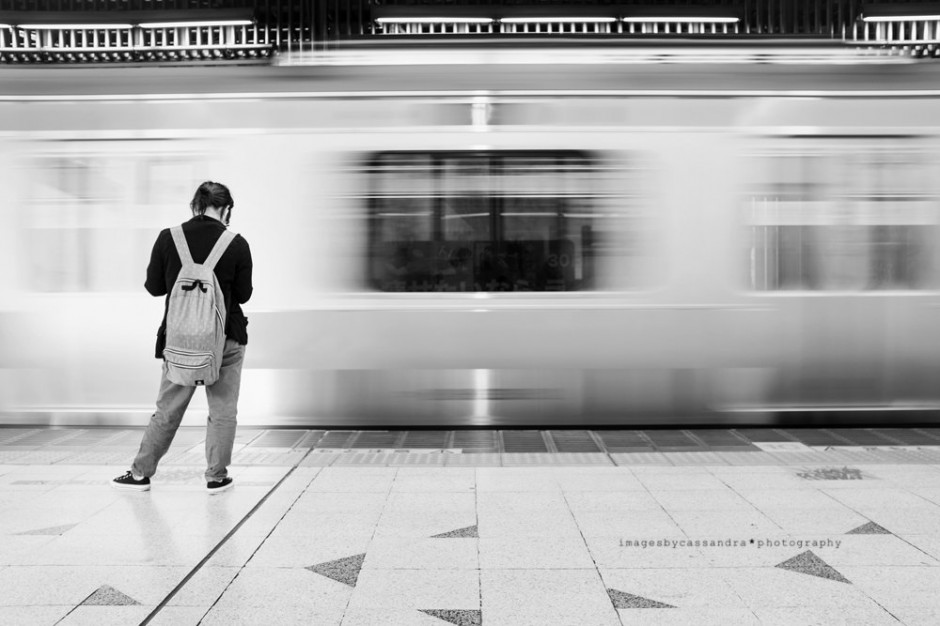
2pm
If the light is still harsh, head underground at Omotesandō Station to document a well-known presence in Japan: the railways. You can capture the essence of efficient chaos in Tokyo: speeding trains, suits, briefcases, cell phones, motion, waves of students, a sea of bodies. Bring your tripod, raise your f-stop, and try different shutter speeds to capture all that motion (best if one thing is not moving, to anchor the shot). Nearly four million people use the rails every day. Try to capture that.

2:30pm
When you're done, take the Ginza Line to Asakusa. It's street photography time. Be patient for scenes to unfold; practice the lost art of seeing. Look for interesting characters, details that are distinctly Japanese, or simply watch for good compositions. There are shrines and temples in the area as well, such as the namesake Asakusa shrine. Watch for colours, textures, movement.
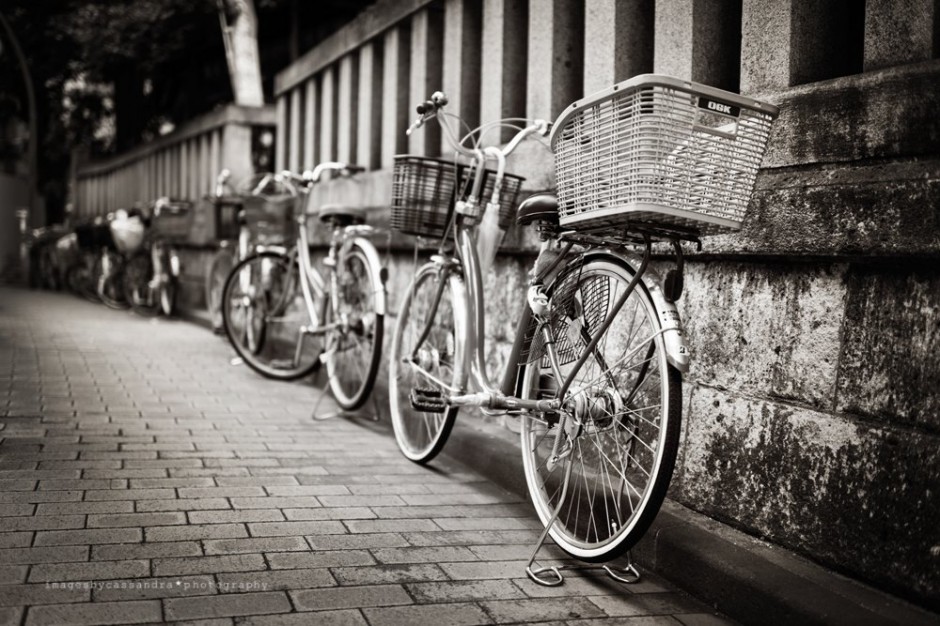
3pm
Wander. Maybe even get lost. Maybe even get lost on purpose. Watch the changing light, and follow it. Ditch the wide angle if you've been clinging to it all morning and go for a mid-range lens (24-70mm) or a zoom (70-200mm). If you're attempting to get the whole street scene, keep your edges clean and your f-stop around 9. If you want to single out signs, people, details, drop that f-stop to f/2.8. If you're really confident, or to be a bit safer in terms of focal range, go to f/4.
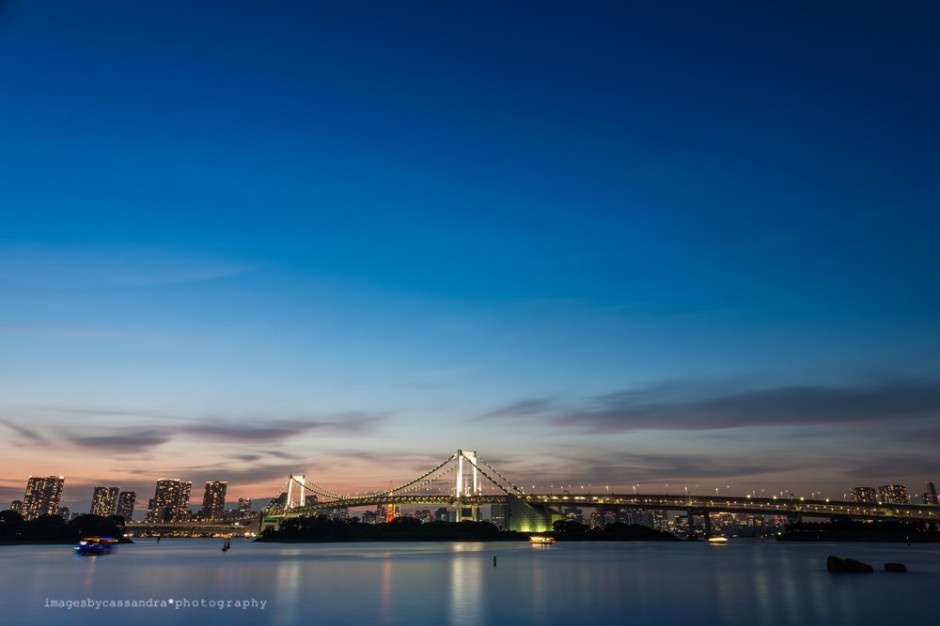
5pm
From Asakusa take the Ginza Line to Shimbashi, and from there switch to the Yurikamome Line and head off to Odaiba. This will take you across the famous Rainbow Bridge. Odaiba is a great place to wander some more, for both people and landscapes, as the light continues to soften. When you start to sense sunset, head to the water near the Rainbow Bridge. This is a prime spot for sunset and long exposures. Set up your tripod and compose around the bridge, probably with a wide angle. If you have a neutral-density filter, you can start even earlier with the long exposures. (A long exposure will smooth the water.) You might need to bracket (multiple exposures) to capture both the sunset and the city line, and combine them later. Alas, our cameras are not as good as our eyes (yet). Breathe in the salty air. Look to the horizon. Remember—you are here.

6:30pm
Blue hour is still an excellent time to shoot the skyline. You can go for longer exposures, and pull in that royal-blue sky before it goes black. If you're not used to landscapes, be sure to place something interesting in the foreground—such as a replica of the Statue of Liberty. Why not?

7pm
When the last light starts to fade, head to Shibuya for night photography. Back at the station, take the Yurikamome Line to Shimbashi, and switch to the Yamanote Line to Shibuya. You're here. Break out the tripod and play with all sorts of exposures and shutter speeds. Capture the wall of people, or go long and get just the blur of humanity passing by massive billboards and skyscrapers.
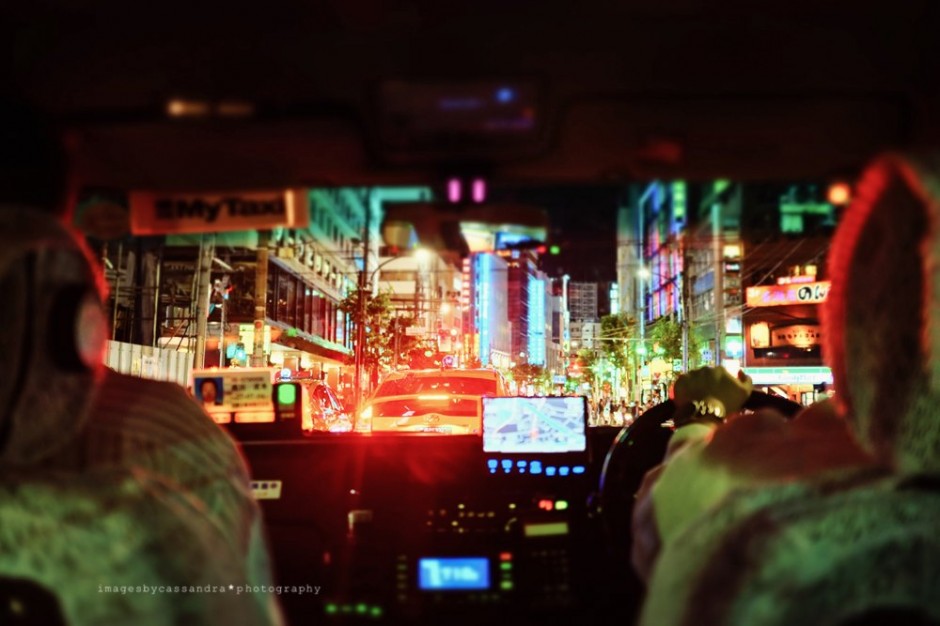
8pm
If you wrap up Shibuya with time to spare, you can try more shots at Ginza, with an even bigger road that's lit up at night. Don't forget to try vertical, and maybe even f/22 if you want that starburst effect for the street lamps. Splurge and take a taxi, since you've spent much of the day underground. Let the neon lights slide over your face as you gaze out the window.
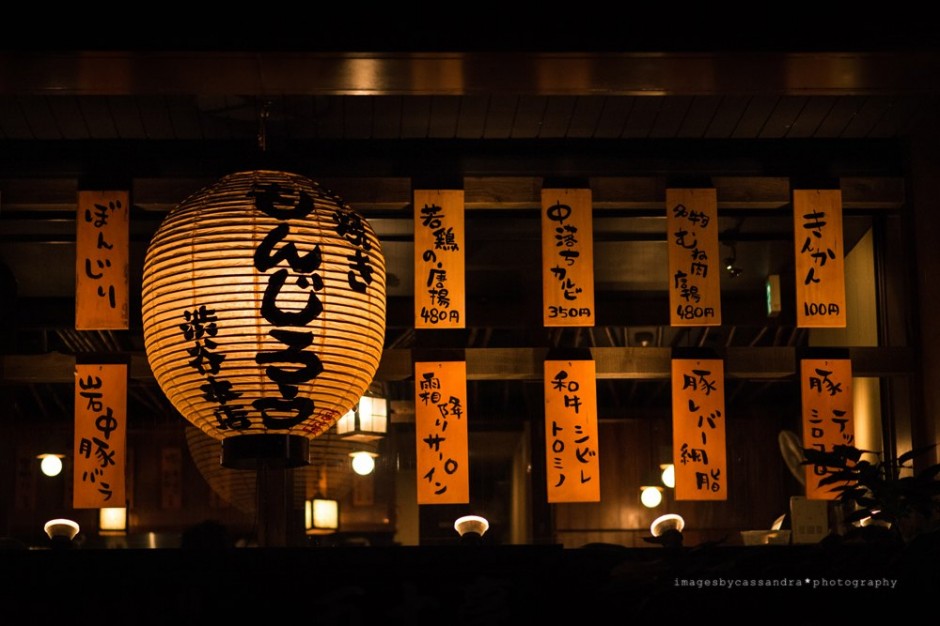
9pm
Hangry, part 2. You've done an awesome job and it's been a hell of a long day. By now, your feet and back hurt. Pack up your bag with pride and treat yourself to dinner and more sake. Tokyo has a reputation for being safe after dark so don't worry much about hauling your gear around with the sun down. Sit by a window. Watch. Later, be sure to back up all your images. Twice. Introduce yourself to a stranger, and say "gahn-pie!" (cheers!) or if you're really feeling the gusto, "banzai!" (to live 10,000 years). Appropriate. Check the time zone back home, find wifi, push those Instagrams out, and tell the world you're here. Because you are. And now you have the photos to prove it.
